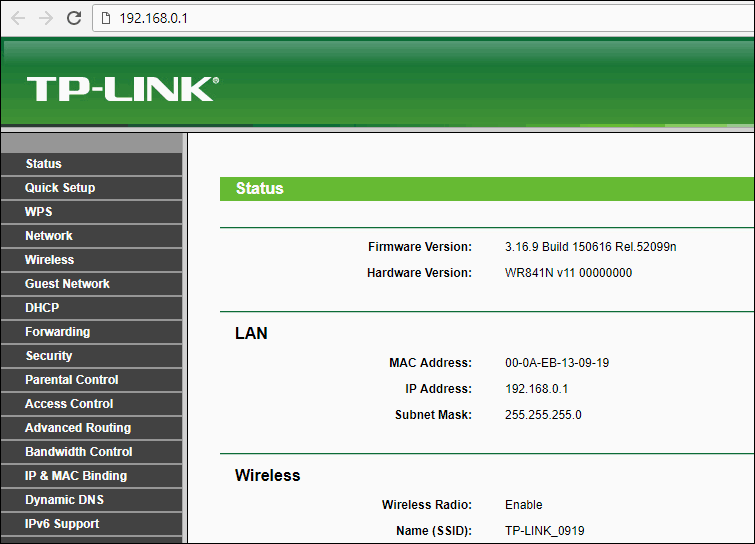HTML-based Administration, commonly known as HTMLA, is a methodology for managing servers and network resources remotely through a standard web browser.
What is HTMLA (HTML-based administration)?
A technique for remotely administering servers or routers using a standard Web browser such as Microsoft Internet Explorer as the client-side administrative interface. Microsoft Internet Information Services (IIS) supports HTML-based administration (HTMLA) from any Web browser that supports frames and JScript.

How Does HTMLA Work?
HTMLA is based on Microsoft’s Component Object Model (COM) and Distributed Component Object Model (DCOM) architectures. The purpose of HTMLA is to simplify remote management of network resources and services by requiring that only client machines used for remote administration run a standard Web browser.
Essentially, administrators can access a web-based interface, typically built using HTML, CSS, and JavaScript, to configure settings, monitor system health, and execute administrative tasks.
Benefits of HTMLA
- Accessibility: Being web-based means you can access the administrative interface from any device with internet access.
- User-Friendly: A well-designed HTMLA interface is intuitive and easy to navigate, even for those with limited technical expertise.
- Reduced Software Footprint: Eliminates the need for dedicated client-side software for remote administration.
Applications
While the concept began with server administration, HTMLA has evolved and can now be found in a variety of networking devices like routers, switches, and even some firewalls. Many modern networking products now incorporate HTMLA features, either as their main administrative interface or as an option.
Outdated Terminology
HTMLA itself, as a specific Microsoft terminology, has largely become outdated and is not commonly used in modern discussions around server and network administration. The general concept of web-based administration interfaces, however, is very much alive and has been integrated into a variety of software and hardware products. These web-based administration portals are often much more sophisticated than the early HTMLA interfaces and are built using modern web technologies such as HTML5, CSS3, and JavaScript frameworks like Angular or React.
In place of Microsoft-specific technologies like COM and DCOM, today’s remote administration often leverages RESTful APIs, WebSockets, and other more modern and platform-agnostic technologies. This makes them easier to use and more accessible from a variety of platforms, not just Windows.
Security Considerations
Security considerations have also evolved. Secure HTTP (HTTPS) and advanced authentication mechanisms like two-factor authentication (2FA) are often used to enhance security in these web-based administration interfaces.
So, while HTMLA as a term may not be widely used today, the fundamental idea of using web browsers for remote administration has persisted and evolved, becoming a standard feature in many modern networking products and services.